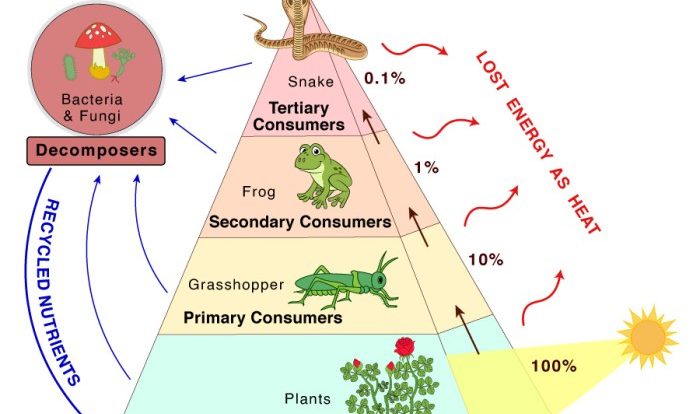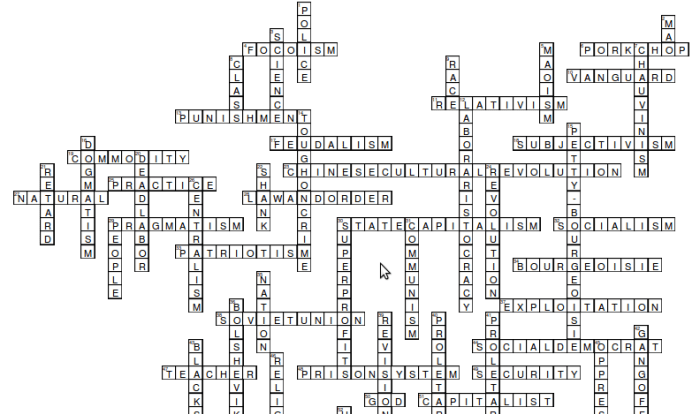iPad app cell defense the plasma membrane: Delve into the intricacies of cellular defense mechanisms and revolutionize your understanding of cell biology with an innovative iPad app.
This groundbreaking application seamlessly integrates captivating visuals, interactive simulations, and engaging educational content to provide an immersive and interactive learning experience. By harnessing the power of technology, cell defense the plasma membrane empowers students to explore the fascinating world of cell biology in a way that is both accessible and unforgettable.
Cell Defense: The Plasma Membrane
The plasma membrane is a thin, flexible layer that surrounds all cells. It acts as a barrier between the cell and its surroundings, protecting the cell from harmful substances and regulating the movement of materials into and out of the cell.
The plasma membrane is composed of a phospholipid bilayer, which is a double layer of phospholipids. Phospholipids are molecules that have a hydrophilic (water-loving) head and a hydrophobic (water-hating) tail. The hydrophilic heads face outward, towards the water-based environment inside and outside the cell, while the hydrophobic tails face inward, away from the water.
The plasma membrane also contains proteins, which are embedded in the phospholipid bilayer. Proteins perform a variety of functions, including:
- Transporting materials into and out of the cell
- Signaling between cells
- Anchoring the cell to its surroundings
iPad App: Cell Defense

Cell Defense is an iPad app that teaches about the plasma membrane and its role in cell defense. The app features interactive simulations, videos, and quizzes that help students learn about the structure and function of the plasma membrane.
Cell Defense can be used in the classroom to teach about cell defense. The app can be used as a supplement to traditional teaching methods, or it can be used as a stand-alone lesson.
Cell Defense is a valuable tool for teaching about cell defense. The app is engaging and interactive, and it helps students learn about the plasma membrane in a fun and effective way.
Benefits of Using an iPad App for Teaching Cell Defense: Ipad App Cell Defense The Plasma Membrane
There are several benefits to using an iPad app to teach about cell defense. iPad apps are:
- Interactive: iPad apps allow students to interact with the material in a way that is not possible with traditional teaching methods.
- Engaging: iPad apps are designed to be engaging and fun, which can help students stay motivated to learn.
- Effective: iPad apps have been shown to be effective in teaching students about cell defense.
In addition, iPad apps are portable and can be used anywhere, which makes them a convenient option for teaching about cell defense.
Creating an Effective iPad App for Teaching Cell Defense
There are several key elements of an effective iPad app for teaching cell defense. These elements include:
- Clear and concise content
- Engaging and interactive activities
- Assessment tools
- A user-friendly interface
When designing an iPad app for teaching cell defense, it is important to keep these elements in mind. By incorporating these elements into your app, you can create a valuable tool for teaching about cell defense.
Detailed FAQs
What are the key features of the iPad app cell defense the plasma membrane?
The app features interactive simulations, 3D models, quizzes, and engaging educational content that make learning about cell defense mechanisms both fun and effective.
How can the app be used in the classroom?
The app can be used as a supplement to traditional teaching methods, providing students with an interactive and engaging way to learn about cell defense. It can also be used for review and assessment purposes.
What are the benefits of using an iPad app to teach cell defense?
Using an iPad app to teach cell defense offers several benefits, including increased student engagement, improved understanding of complex concepts, and the ability to provide differentiated instruction.

